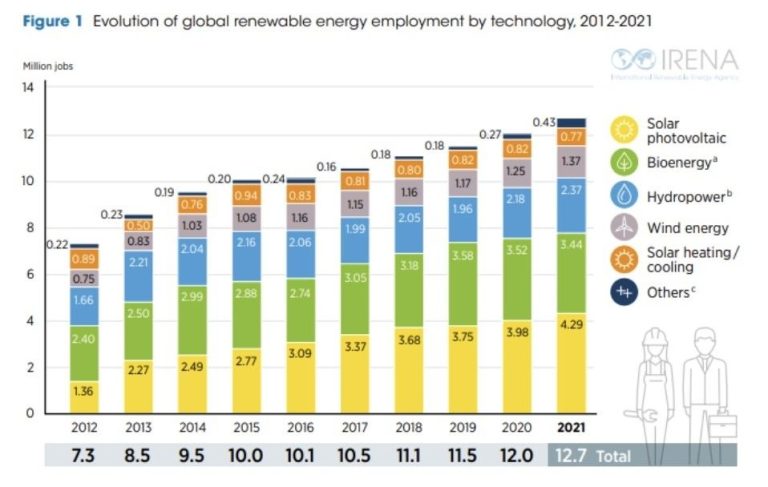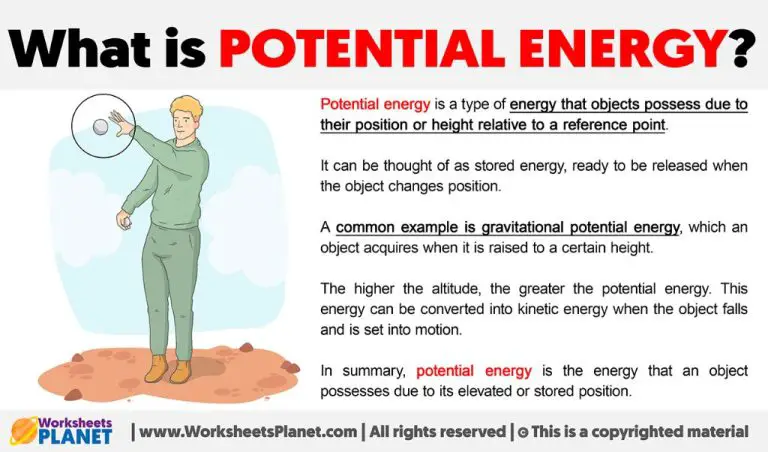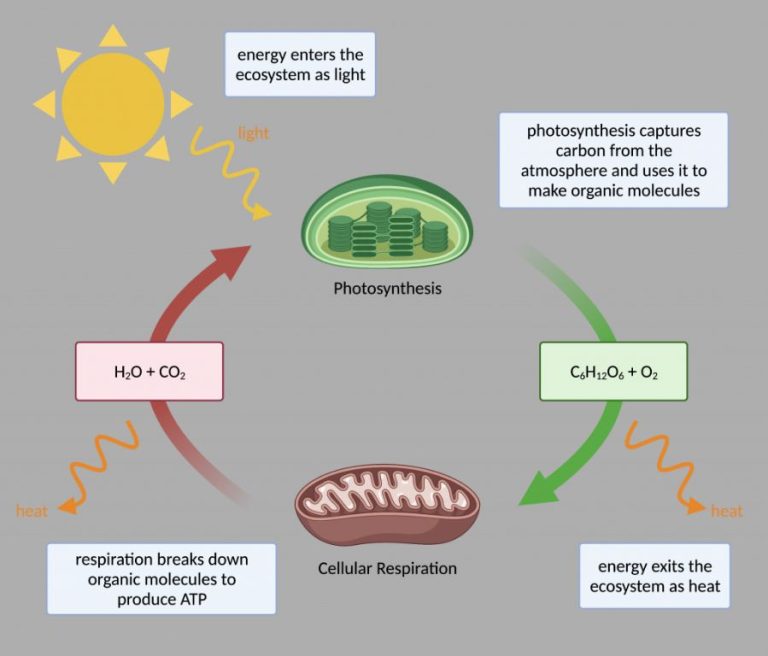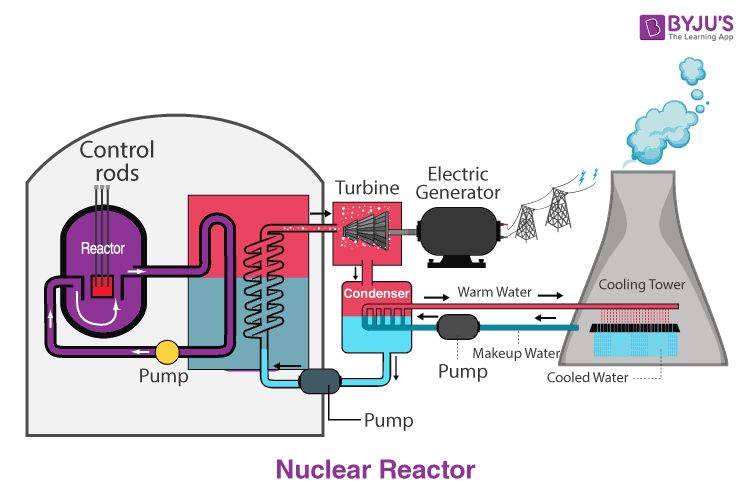What Is The Si Unit Of Work And Kinetic Energy Potential Energy?
Work, kinetic energy, and potential energy are important concepts in physics that deal with the transfer and storage of energy. Work involves applying a force to move an object, kinetic energy is the energy an object has due to its motion, and potential energy is stored energy an object has due to its position or configuration.
In physics, the standard unit for measuring work and energy is the joule (J). One joule is defined as the work done by a force of one newton moving an object one meter. The joule allows precise measurement and calculation of work, kinetic energy, and potential energy.
SI Unit for Work
The standard unit for measuring work and energy in the International System of Units (SI) is the joule. The joule is named after English physicist James Prescott Joule. One joule is defined as the work done by a force of one newton when it acts to move an object one meter in the direction of the force. This is equivalent to one newton-meter or kg⋅m2⋅s−2. The joule is used to quantify a variety of forms of energy, including kinetic energy, potential energy, electric energy, thermal energy, and more.
Definition of a Joule
The joule is the SI unit used to measure work, energy, and heat. It is named after the English physicist James Prescott Joule. One joule is defined as the amount of work done when a force of one newton moves an object one meter in the direction of the force. This can be represented by the following equation:
1 joule = 1 newton x 1 meter
So in simple terms, a joule is a measure of the amount of energy transferred or work done when a force causes an object to move. For example, lifting a 1kg book 1 meter high against gravity requires about 10 joules of energy. The joule quantifies work and energy in the same way kilograms quantify mass or meters quantify distance.
Examples of Work in Joules
Here are some examples of the amount of work done in joules for common tasks:
- Lifting a 1 kg object 10 meters against gravity does about 10 joules of work.
- A 75 kg person walking up a flight of 10 stairs does about 735 joules of work.
- A desk worker typing 500 words in 5 minutes does approximately 2.5 joules of work.
- A marathon runner covering 42.2 km does about 1.6 million joules of work.
- A refrigerator moving 100 kJ of heat from the inside to the outside requires 100,000 joules of work.
As you can see, the amount of work in joules can range from very small amounts for simple tasks to very large amounts for strenuous activities. The joule provides a standard unit for measuring all types of work quantitatively.
Kinetic Energy
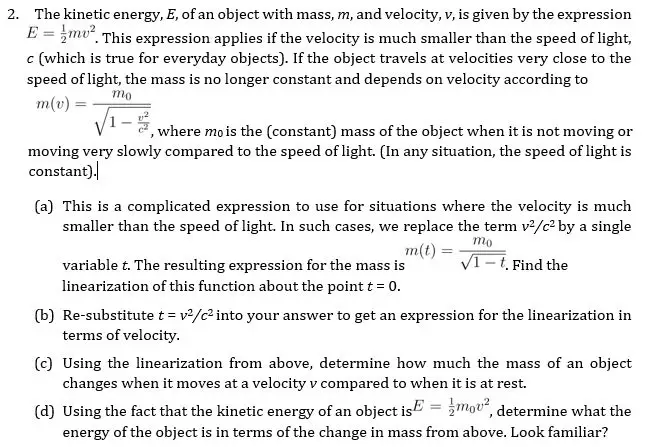
Kinetic energy is the energy of motion. An object that has motion – whether it is vertical or horizontal motion – has kinetic energy. The amount of kinetic energy depends on the mass and velocity of the object. The greater the mass and velocity, the more kinetic energy the object will have.
Kinetic energy can be described by the following formula:
KE = 1/2 * m * v2
Where:
- KE = Kinetic Energy (in joules)
- m = Mass (in kilograms)
- v = Velocity (in meters per second)
This formula shows that an object’s kinetic energy increases exponentially as its velocity increases. For example, doubling an object’s velocity will increase its kinetic energy by a factor of four. This is because velocity is squared in the formula.
Kinetic energy is directly proportional to an object’s mass as well. Therefore, a more massive object moving at the same velocity as a less massive object will have more kinetic energy.
In physics, kinetic energy is an important property that relates velocity to the energy of motion. It provides the basis for calculating mechanical work and power. Kinetic energy is a scalar quantity, meaning it has magnitude but no direction.
Kinetic Energy Formula
The formula for calculating kinetic energy is:
KE = 1/2 x m x v2
Where:
- KE is kinetic energy in joules (J)
- m is mass in kilograms (kg)
- v is velocity in meters per second (m/s)
Kinetic energy is directly proportional to the mass of the object and the square of its velocity. This means that an object with more mass, and/or that is moving faster, has greater kinetic energy.
For example, a 5 kg object moving at 2 m/s has a kinetic energy of:
KE = 1/2 x 5 kg x (2 m/s)2 = 20 J
Doubling its velocity to 4 m/s results in:
KE = 1/2 x 5 kg x (4 m/s)2 = 80 J
So increasing the velocity by 2x increases the kinetic energy by 4x.
Potential Energy
Potential energy is the stored energy an object has due to its position or state. For example, a ball held at a height above the ground has gravitational potential energy due to the Earth’s gravity pulling it downwards. This potential energy is directly related to the object’s height above the ground. Similarly, a compressed or stretched spring has elastic potential energy due to its deformation – as it is compressed or stretched by an external force, it stores energy that can later be released.
Potential energy can be described mathematically with the following formula:
PE = mgh
Where:
- PE is the potential energy in joules (J)
- m is the object’s mass in kilograms (kg)
- g is the gravitational acceleration (9.8 m/s2 on Earth)
- h is the height of the object above a reference point in meters (m)
This formula shows that an object’s potential energy increases linearly with its height. The greater the mass and height, the more potential energy it possesses. This stored energy can later be converted into kinetic energy if the object falls towards the Earth or is released.
Potential Energy Formula
The formula for calculating potential energy is:
PE = mgh
Where:
- PE is potential energy
- m is mass in kilograms (kg)
- g is the acceleration due to gravity (9.8 m/s2)
- h is height in meters (m)
Potential energy depends on the mass of an object, gravity, and the height of the object. For example, lifting a 5 kg object 2 meters off the ground results in potential energy of:
PE = 5 kg x 9.8 m/s2 x 2 m
PE = 98 J
So the potential energy gained by lifting the 5 kg mass 2 meters is 98 Joules. This formula shows that the potential energy stored in an object depends on both its height and mass. The higher and heavier an object is, the more potential energy it will have.
Converting Between Energy Types
Energy can readily convert between kinetic and potential forms. Kinetic energy is the energy of motion, while potential energy is stored energy due to an object’s position or state. Some examples of energy converting between kinetic and potential:
- When an object falls, its potential energy is converted into kinetic energy.
- When a ball is thrown into the air, its kinetic energy converts into gravitational potential energy as it reaches maximum height.
- A pendulum converts between kinetic energy at the bottom of its swing to potential energy at the top.
- A rollercoaster constantly converts between kinetic and potential energy as it goes up and down hills and around loops.
The key principle is that total mechanical energy remains constant in a closed system without friction. But the form of the energy transforms between kinetic and potential. This interconversion makes mechanical systems like pendulums and rollercoasters work.
Conclusion
To summarize, the SI unit for work and energy is the joule. Work and kinetic energy are measured in joules, which are calculated by multiplying force in newtons by displacement in meters. Potential energy is also measured in joules and depends on the object’s mass, gravity, and height. While work, kinetic energy, and potential energy are measured in the same SI base units, they represent different forms of mechanical energy that can be converted between each other. Understanding the joule as the standard international unit for all types of work and energy allows us to quantify, compare, and analyze energy transfers in mechanical systems.

